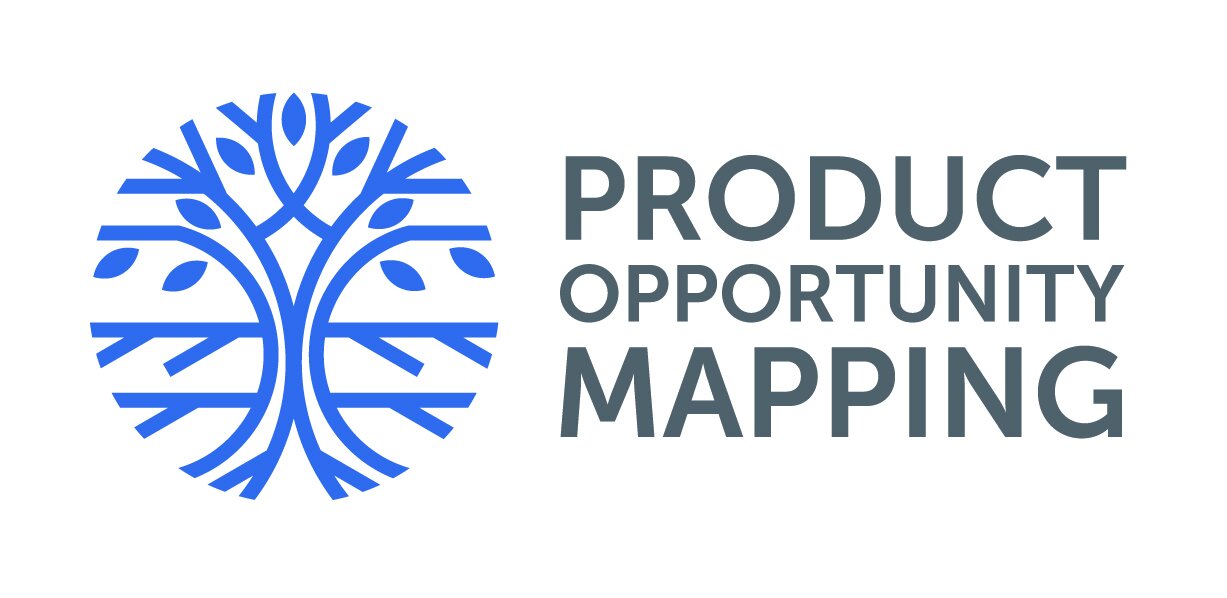The “Great Resignation” and Employee Engagement
Is the “Great Resignation” real in your business? Are turnover rates higher than normal with employees re-evaluating their careers after going through a challenging pandemic?
Have you thought through how you might mitigate for it?
One suggestion is to get employees more involved in new product development.
I’m personally insulated from turnover as I have no employees but my informal poll of CEO friends and those companies in which I have invested indicates the “Great Resignation” is a real thing and causing consternation.
Recent stats and polls back this up. For example, a survey undertaken by Microsoft of 30,000 global workers showed that 41% were considering quitting or changing professions this year while a UK/Ireland survey revealed that 38% of respondents planned to quit in the next 6-12 months. In the US alone in April, 2021, 4 million people quit their jobs which is the biggest spike on record.
Here are two interesting follow up articles from the BBC and Fast Company to learn more and where these stats came from.
These are significant numbers and while some turnover is positive, inevitably the ones you don’t want to leave are the ones who do. As an aside, I personally believe some employees leave because the “grass-is-greener-on-the-other-side-of-the-fence” but soon find out it’s not so green and regret their choice (in other words, they might want to come back). Nonetheless, many employees have legitimate reasons to leave due to toxic workplace cultures, not being treated well during the pandemic or not agreeing with a back to office strategy. These are tough problems to address but many others are solvable.
A key additional reason identified for departures is the lack of employee engagement. Perhaps the most striking stat I read recently is that only 15% of employees feel engaged in their jobs (and therefore are more likely to leave). On the flip side, studies have shown that if you can improve engagement and unleash the time, talent and energy of those you’ve already hired, you can increase productivity by 40% or more.
This blows my mind. I can’t believe that engagement levels can be so low and if they are, I think it has to be the fault of the employer. If you don’t measure engagement in your company you should as I suspect there is a strong correlation between it, staff turnover and ultimately long-term shareholder wealth creation.
In response, the obvious question to ask is: how do you increase engagement? There are many strategies but one I would suggest looking at closely is how you can involve your employees in the new product development process.
A key element of engagement is to align an employee’s interests with those of the company. This means, from an employee’s perspective, ensuring they know their role is not to just “make a buck” for the company but to solve meaningful problems for customers. Recent research backs this up: an article in the September-October, 2021 issue of the Harvard Business Review notes that a key engagement tool is to change an employee’s role so that more value can be “unlocked by allowing them to have deeper and more-meaningful connections with customers in the moments that count”.
This gives greater import to what an employee does day-to-day and makes them realize they are more than a cog in a big machine and what they are doing is more worthy than just receiving a pay cheque.
To offer a recent example that backs this up, I’ve had engagements during COVID where clients used my Product Opportunity Mapping framework to identify, evaluate and compare new product opportunities. A key aspect of the framework is to identify problems facing a customer and only then develop a corresponding product that can solve them.
Problem identification is critical and comes down to identifying gain creation or pain relief opportunities that can be be generated for your customers. This means uncovering their pain points whether they be financial, time, support or process related.
The best starting point for uncovering problems-to-be-solved is qualitative research. It’s not always obvious what the problem might be and asking open-ended questions directly to customers leads to deeper engagement.
This means getting out of the office, meeting face-to-face with existing and potential customers, listening to them closely and showing empathy. This is real engagement and - after seeing what has happened with my clients - I guarantee that if employees become responsible for this doing this, they will be more personally engaged. They will realize they are making a meaningful difference in the lives of customers and that their role is much more consequential. The rest of their job may be the same but my experience has shown their perspective will shift in a positive way. Conversely, if your employee is not interested in solving your customer’s problems, do you want them around?
High levels of employee engagement correlate with customer success and company growth. There are several ways to do this but wherever possible include your employees in the problem selection process with customers and with the new product development efforts that come out of it.
If you do, I believe you can transform “The Great Resignation” into “good resignations” where the people you want to leave are leaving and those who stay are more engaged.

